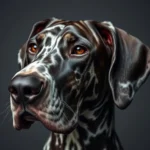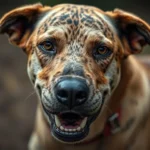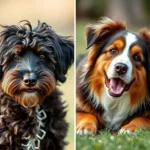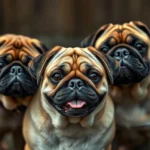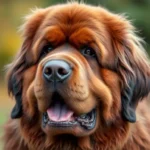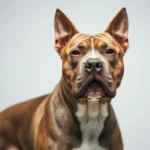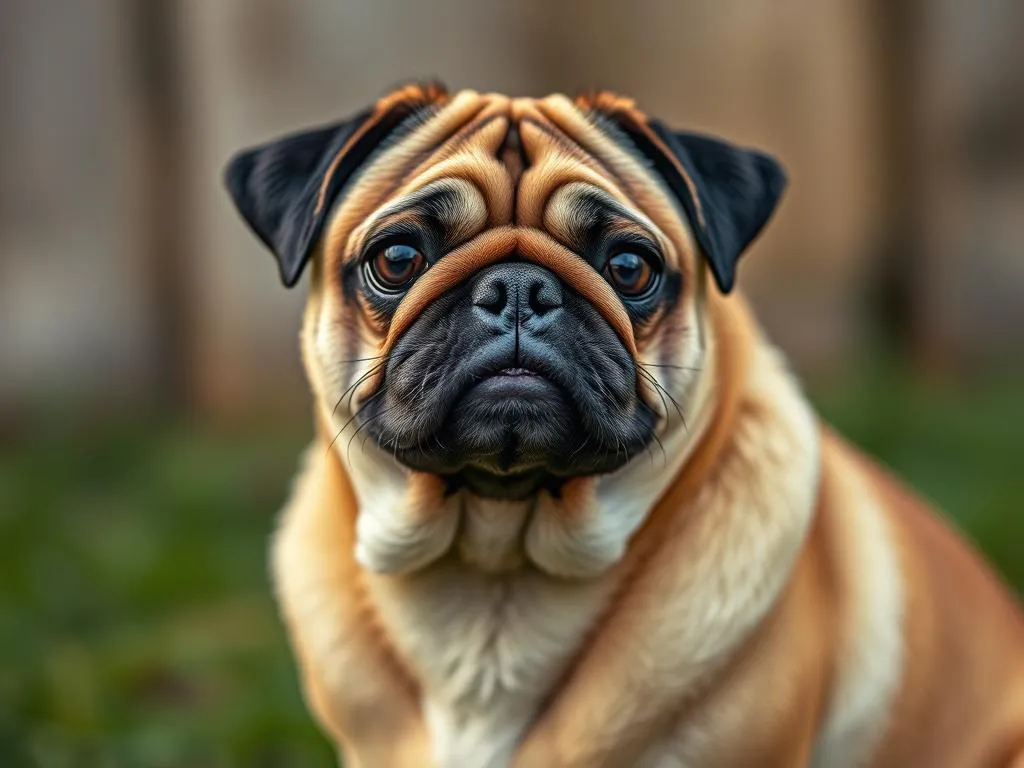
Introduction
Dogs have been our loyal companions for thousands of years, and understanding the various dog breeds is essential for any potential pet owner. Each breed comes with its own unique traits, needs, and charm. Among these breeds, the Fawn Pug stands out for its endearing personality and distinctive appearance. This article delves deep into the world of the Fawn Pug, exploring its history, characteristics, temperament, health concerns, training, care, and more. By the end of this guide, you will have a thorough understanding of what it means to bring a Fawn Pug into your life.
History of the Pug
Origins of the Pug
The Pug has a rich history that dates back to ancient times. Originating in China, Pugs were bred as companion dogs for emperors and nobility. They were highly valued for their charming personality and small stature, often being pampered and treated like royalty. As the breed made its way to Europe in the 16th century, it captured the hearts of many, including notable figures such as William III of England, who had a Pug named Pompey.
Development of the Fawn Coloration
While Pugs can come in various colors, the fawn coloration is one of the most recognizable. The genetic factors influencing this color are quite fascinating. The fawn coat is characterized by a yellowish or tan color, often accompanied by a black mask on the face. This color became popular over time, and the breed standard was developed to include it as a preferred hue. The evolution of the breed standard has allowed the Fawn Pug to thrive in various settings, from homes to dog shows.
Physical Characteristics of Fawn Pugs
Size and Weight
The Fawn Pug is a small breed, generally weighing between 14 to 18 pounds. Adult Pugs typically stand around 10 to 14 inches tall at the shoulder. When compared to other Pug color variations, the size remains consistent, as the color does not influence their growth. This compact size makes them ideal for apartment living and small households.
Coat and Color
Fawn Pugs are known for their beautiful fawn-colored coats. The texture is soft and smooth, requiring minimal grooming. However, regular brushing is essential to remove loose hair and keep their coat healthy. Grooming sessions also provide an opportunity to check for skin issues or irritations, which Pugs can be prone to due to their unique skin folds.
Distinctive Features
One of the most striking features of the Fawn Pug is its facial structure. Characterized by a short snout and deep-set eyes, their adorable wrinkled face is a hallmark of the breed. However, this brachycephalic structure can lead to health issues, such as breathing difficulties, especially in hot or humid weather.
Temperament and Personality
General Temperament of Pugs
Pugs, including the Fawn variety, are known for their friendly and sociable nature. They thrive on companionship and enjoy being around people, making them excellent family pets. Their playful demeanor and affectionate personality contribute to their reputation as “clowns” of the dog world.
Specific Traits of the Fawn Pug
While Pugs generally share a similar temperament, there may be slight variations based on their color. The Fawn Pug is often considered more gentle and laid-back compared to other color variations. They are intelligent, adaptable, and eager to please, making training easier. Their playful nature allows them to engage in various activities, from fetch to simple tricks, keeping both the dog and owner entertained.
Compatibility with Families
Fawn Pugs are particularly well-suited for families with children. Their playful yet gentle demeanor makes them great companions for kids. Moreover, their social nature means they typically get along well with other pets, including cats and dogs. Early socialization is key to ensuring they develop healthy relationships with all family members.
Health Considerations
Common Health Issues in Pugs
While Pugs are generally healthy dogs, they are prone to certain health issues due to their unique physical traits. Common concerns include:
- Breathing Problems: Being brachycephalic, Fawn Pugs may experience breathing difficulties, especially during exercise or in warm weather.
- Skin Conditions: Their skin folds require regular cleaning to prevent infections and irritations.
- Eye Problems: Pugs are prone to eye issues, such as corneal ulcers and proptosis, due to their prominent eyes.
Preventative Care
Routine vet check-ups are essential for maintaining the health of your Fawn Pug. Regular vaccinations, dental care, and parasite prevention are crucial components of their healthcare routine. Additionally, a proper diet and exercise regimen can help mitigate health issues.
Lifespan and Aging
The average lifespan of a Fawn Pug is around 12 to 15 years. As they age, they may develop age-related health problems, including arthritis and cognitive decline. Recognizing the signs of aging and adapting care accordingly is vital for ensuring a high quality of life for senior Pugs.
Training and Socialization
Basic Training Techniques
Training is essential for any dog, especially for a Fawn Pug. Early training and socialization help prevent behavioral problems and ensure a well-adjusted pet. Consistency is key; using positive reinforcement techniques, such as treats and praise, can motivate your Pug to learn commands. Basic commands like sit, stay, and come are great starting points.
Socialization Needs
Socialization is crucial for a Fawn Pug’s development. Exposing them to various people, environments, and other pets can help reduce anxiety and fearfulness. Activities such as puppy classes or dog parks can promote healthy social behavior and give your Pug the opportunity to interact with other dogs.
Behavioral Challenges
While Pugs are generally well-behaved, some may exhibit stubbornness or separation anxiety. Common behavioral issues include:
- Barking: Pugs may bark to communicate or seek attention. Training can help manage excessive barking.
- Potty Training: Consistency and patience are essential for potty training. Regular bathroom breaks and positive reinforcement can help your Fawn Pug learn quickly.
Lifestyle and Care
Daily Exercise Requirements
Despite their small size, Fawn Pugs require daily exercise to maintain a healthy weight and prevent boredom. Short walks, playtime at home, and mental stimulation through toys or puzzles are recommended. Keep in mind that Pugs can overheat easily, so exercise should be done during cooler parts of the day.
Nutrition and Diet
Feeding your Fawn Pug a balanced diet is crucial for their health. High-quality dog food, either dry or wet, is recommended. Portion control is essential to prevent obesity, a common concern in Pugs. Consult your veterinarian for personalized dietary recommendations based on your dog’s age, weight, and activity level.
Grooming and Maintenance
Grooming a Fawn Pug is relatively straightforward. Regular brushing helps keep their coat healthy and reduces shedding. Bathing should be done as needed, ensuring that their skin folds are cleaned to prevent infections. Nail trimming is also important, as overgrown nails can cause discomfort.
Choosing a Fawn Pug
Where to Find a Fawn Pug
When looking to add a Fawn Pug to your family, it’s essential to choose the right source. You can either adopt from a shelter or look for reputable breeders. If opting for a breeder, ensure they are responsible and prioritize the health of their dogs. Ask about health screenings, the puppy’s temperament, and the living conditions of the dogs.
Costs Involved
Owning a Fawn Pug comes with various costs. The initial purchase price can vary, typically ranging from $500 to $3,000, depending on the breeder and lineage. Ongoing costs include food, grooming, routine veterinary care, and potential health insurance. Being prepared for unexpected veterinary expenses is also crucial.
Preparing Your Home
Before bringing a Fawn Pug home, ensure your living space is safe and welcoming. Essential supplies include a comfortable bed, food and water bowls, toys, and grooming tools. Creating a designated space for your Pug can help them adjust to their new environment more easily.
Conclusion
The Fawn Pug is a charming and affectionate breed that can bring joy and companionship to any household. With a rich history, unique physical characteristics, and a playful temperament, Fawn Pugs are a popular choice for families and individuals alike. By understanding their needs, health considerations, and training requirements, you can ensure a happy and fulfilling life for your new furry friend.
If you’re considering adding a Fawn Pug to your family, remember the unique traits and characteristics that make this breed so special. Embrace the journey of pet ownership, and you’ll find that the love and loyalty of a Fawn Pug are truly unmatched.
